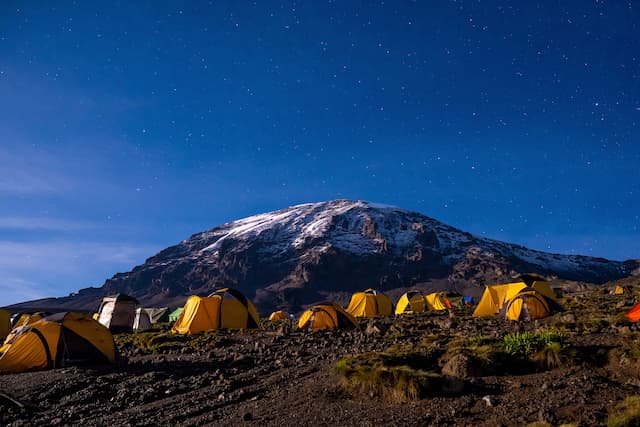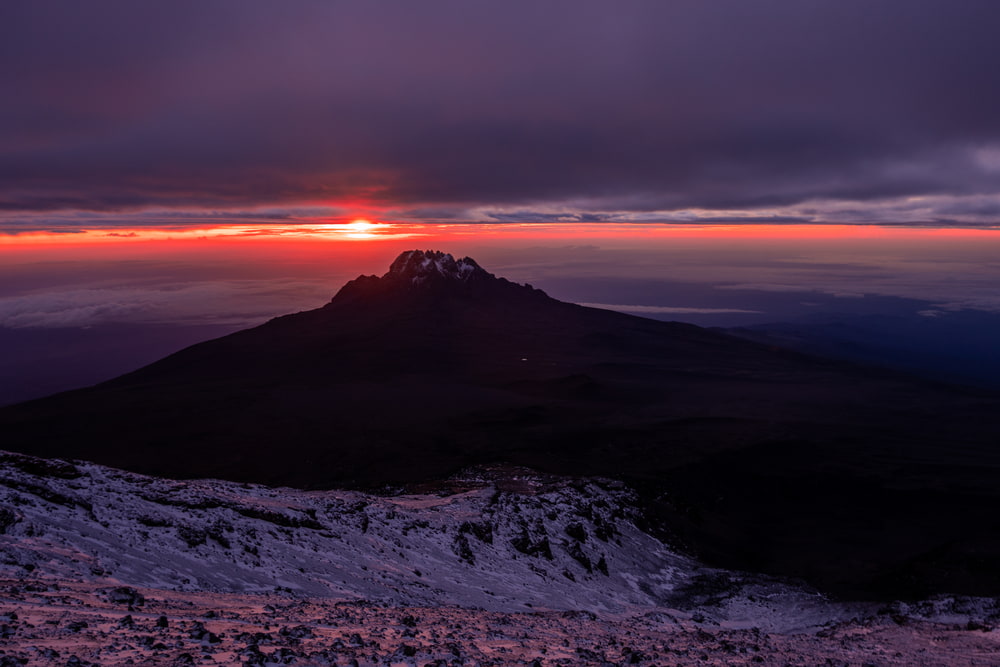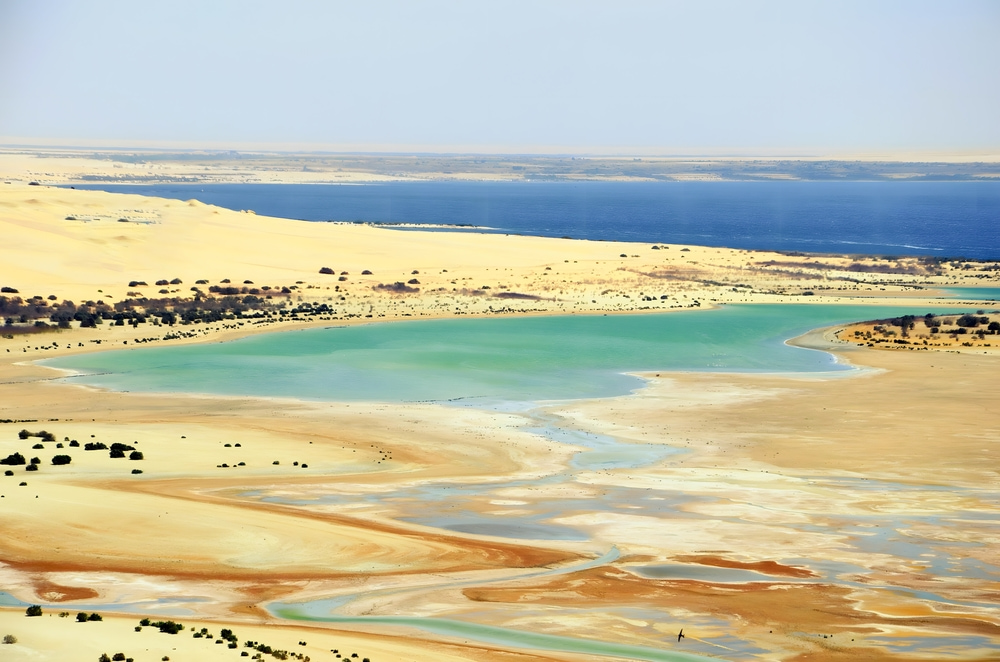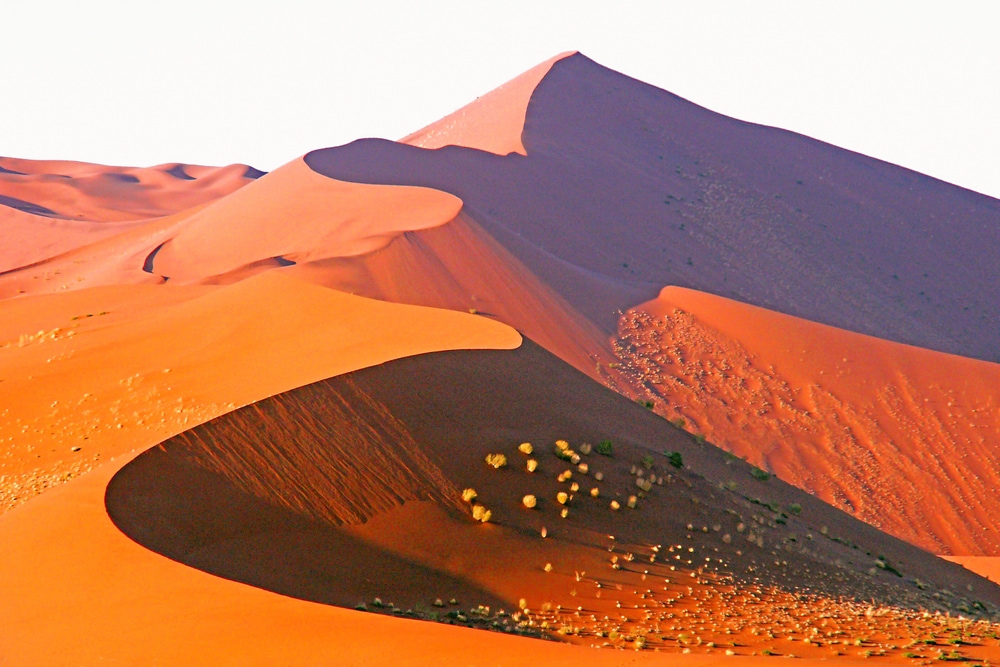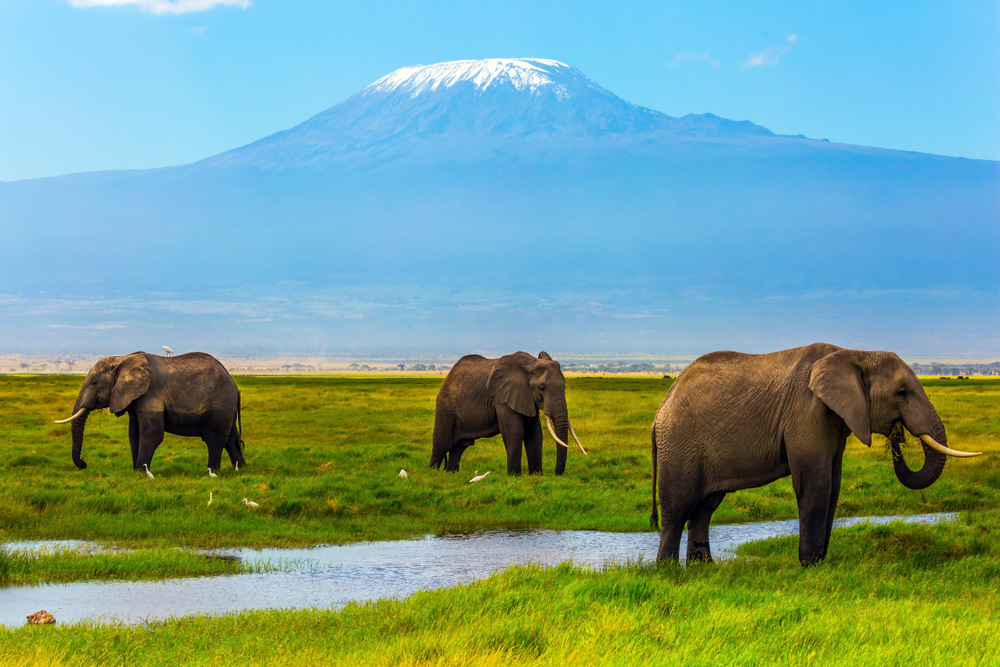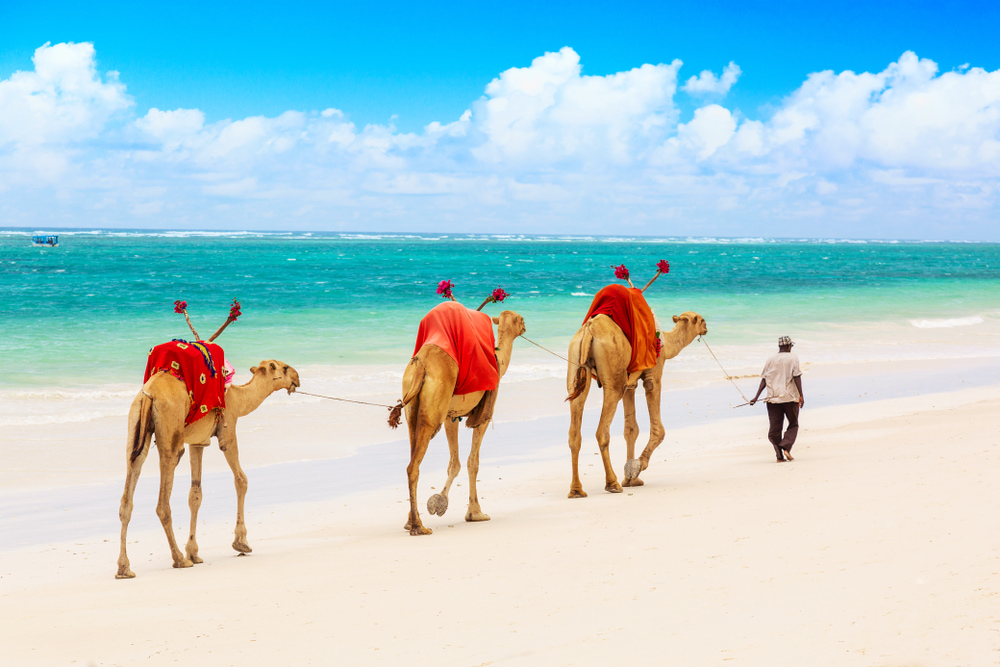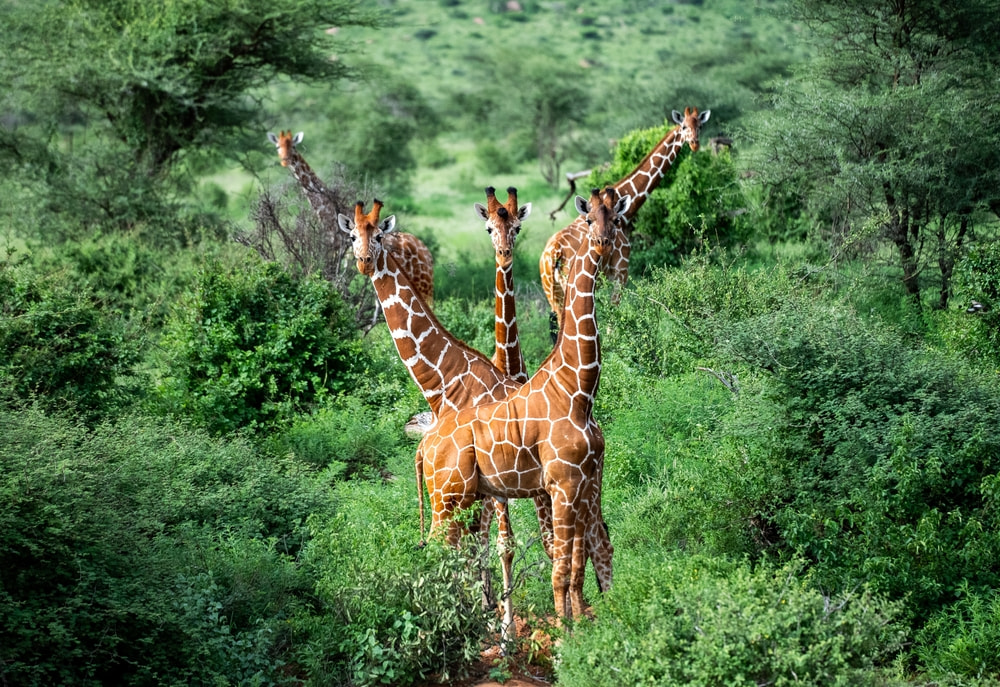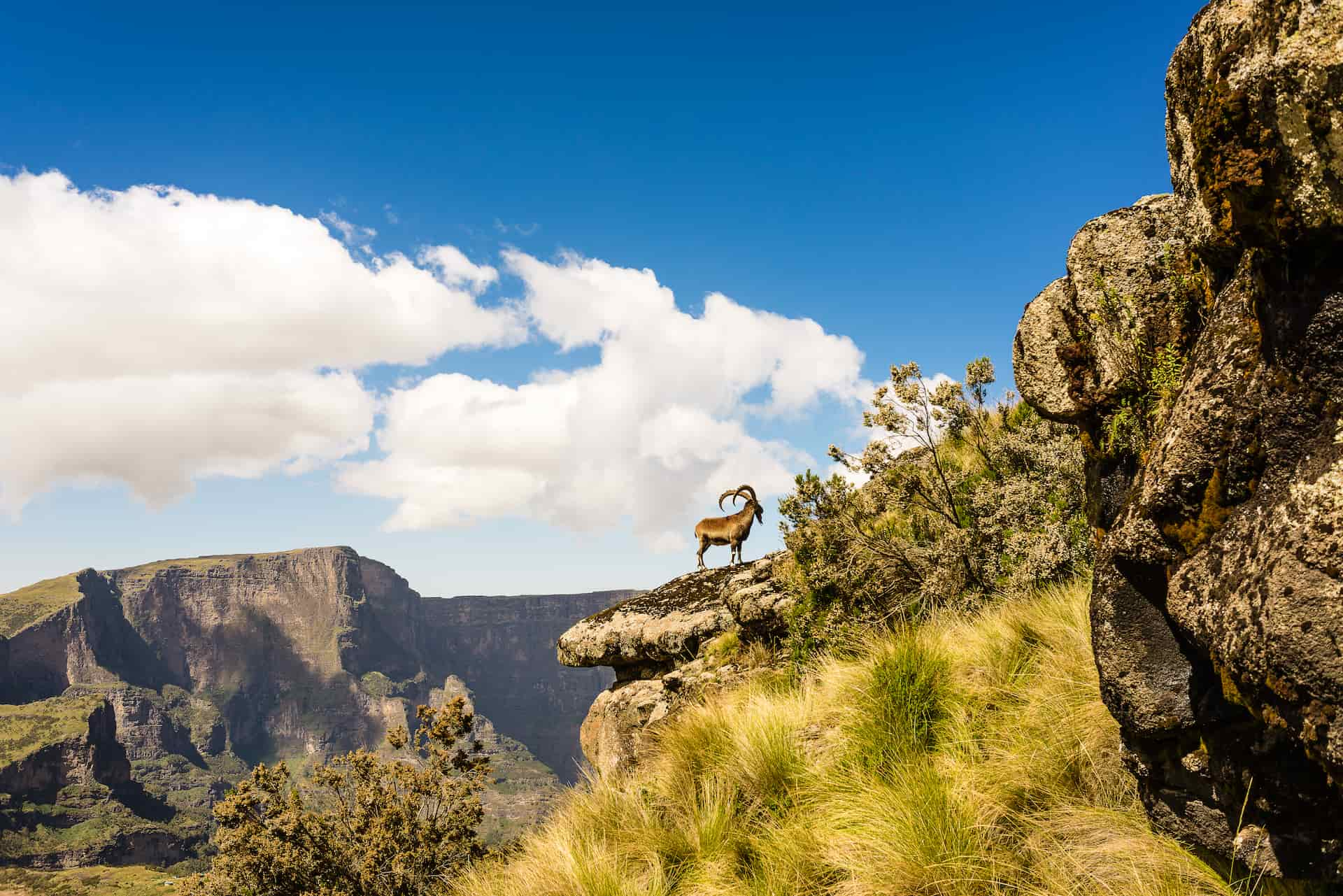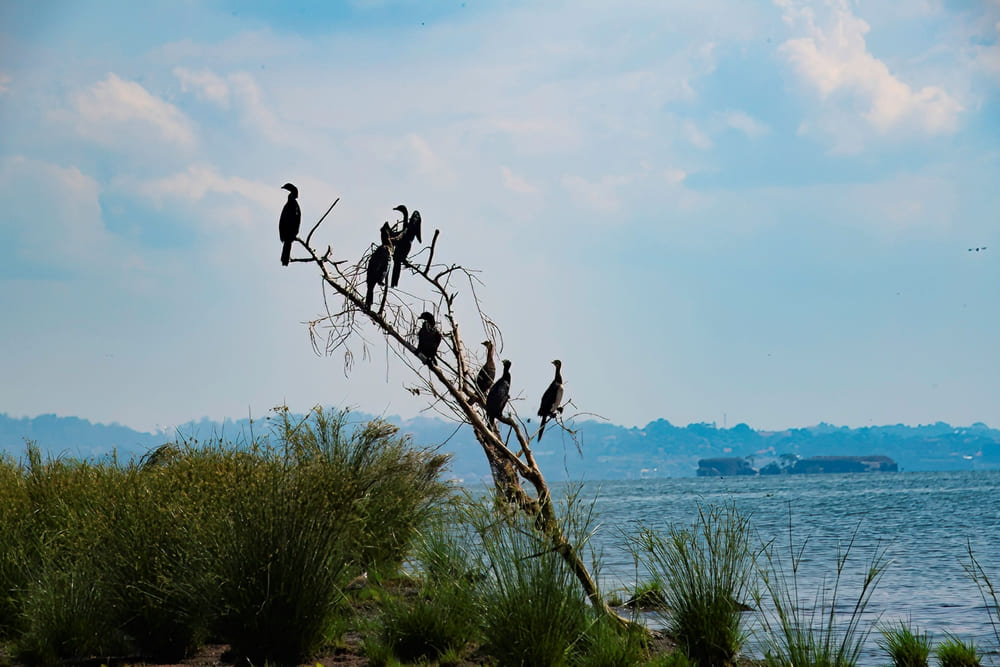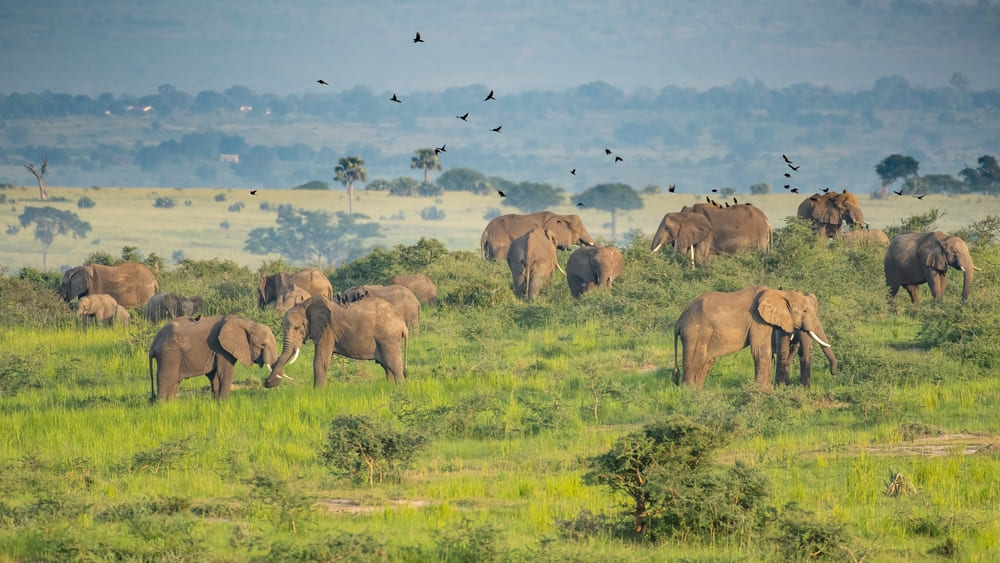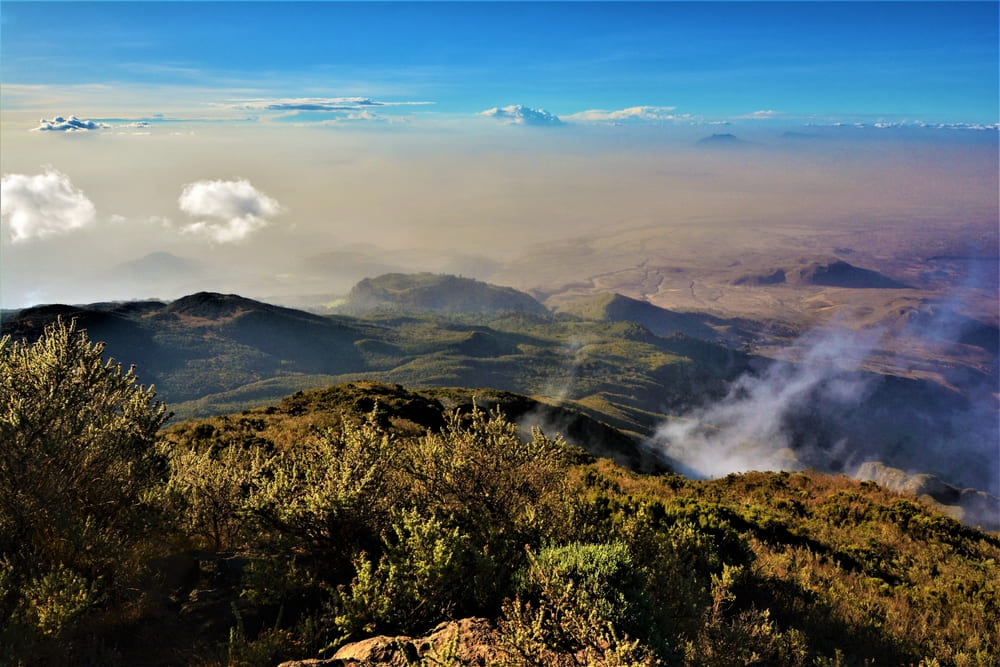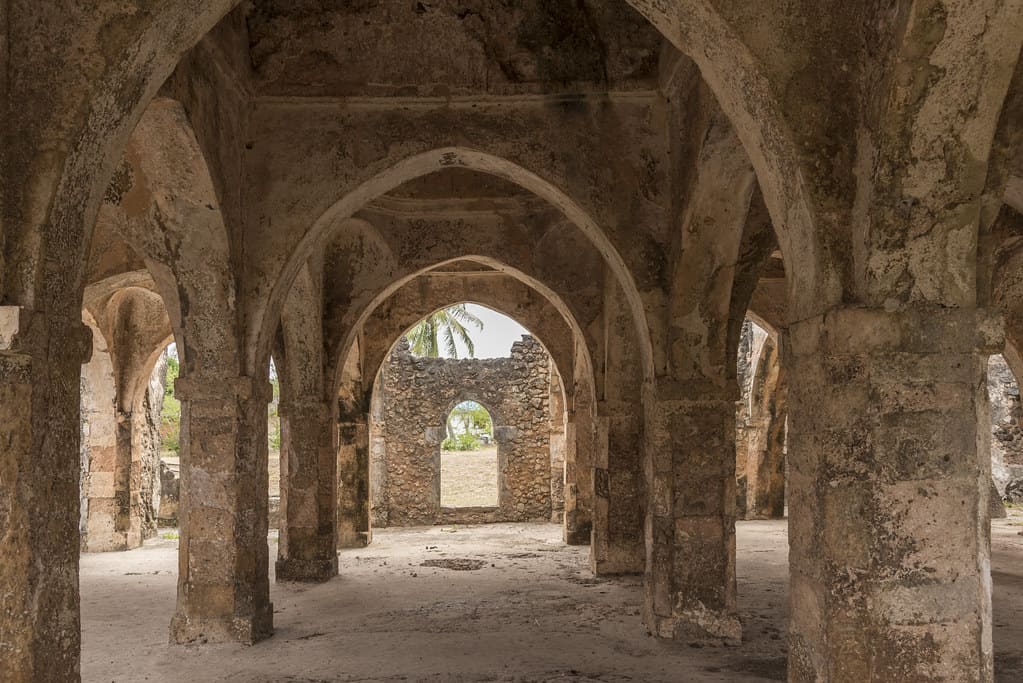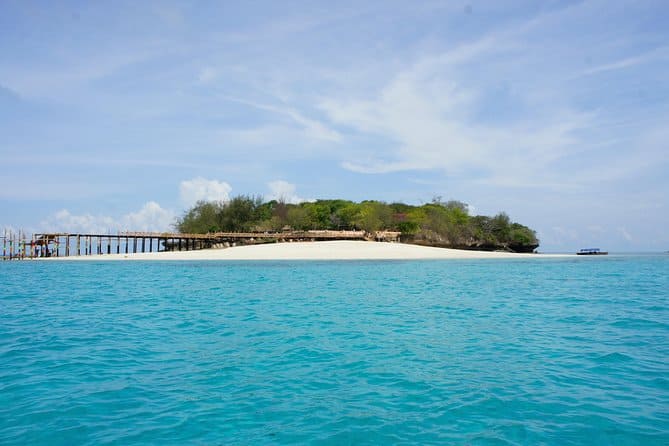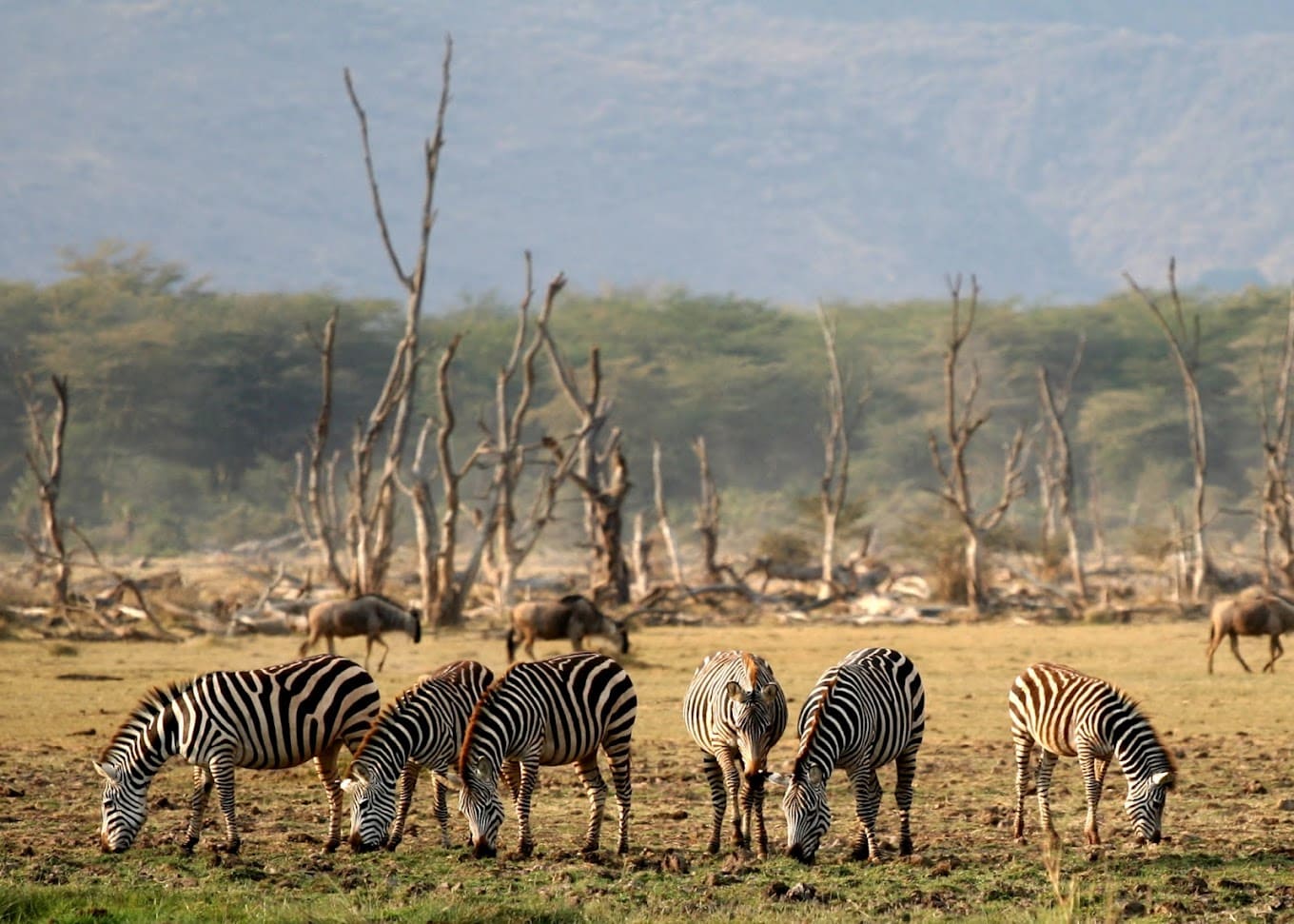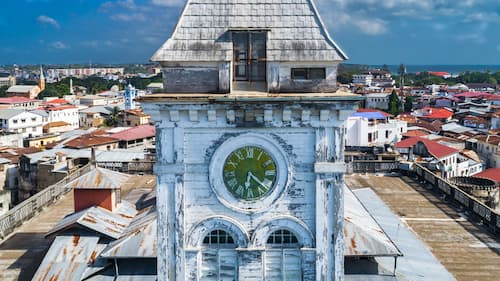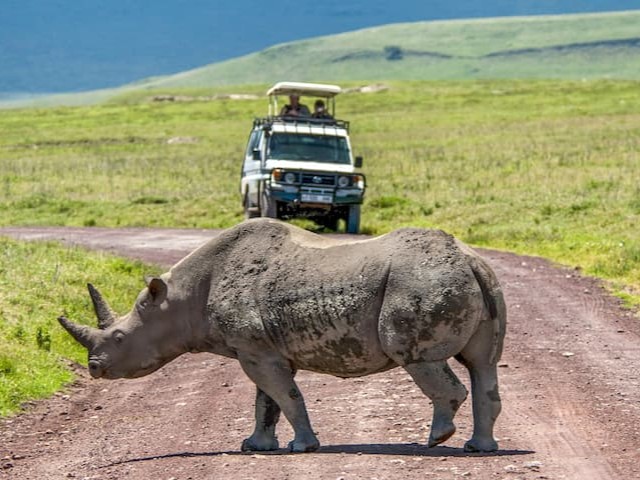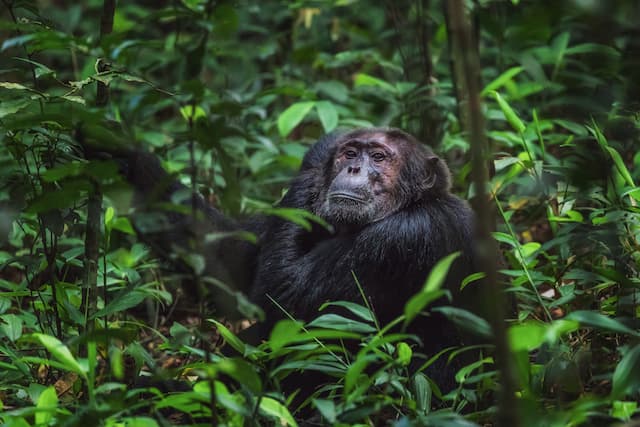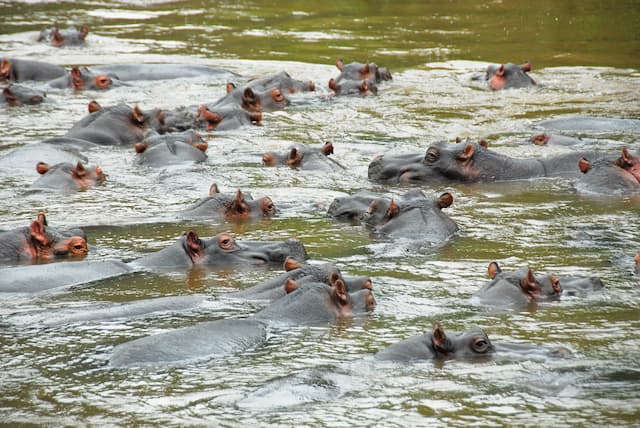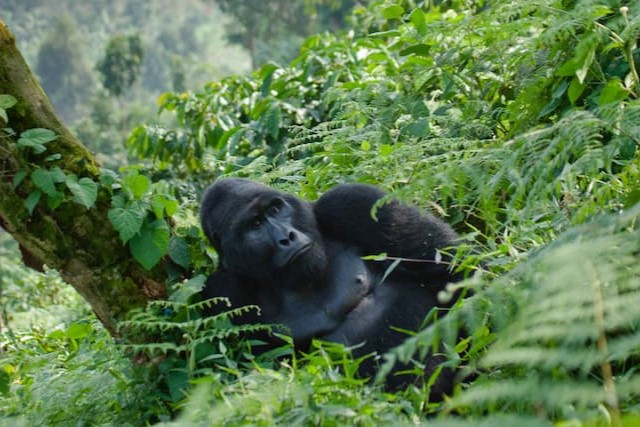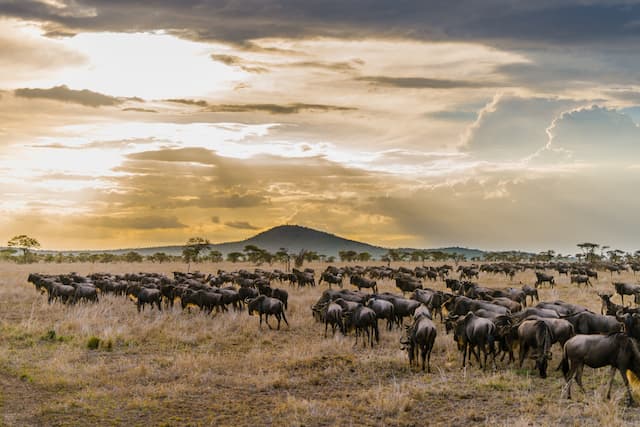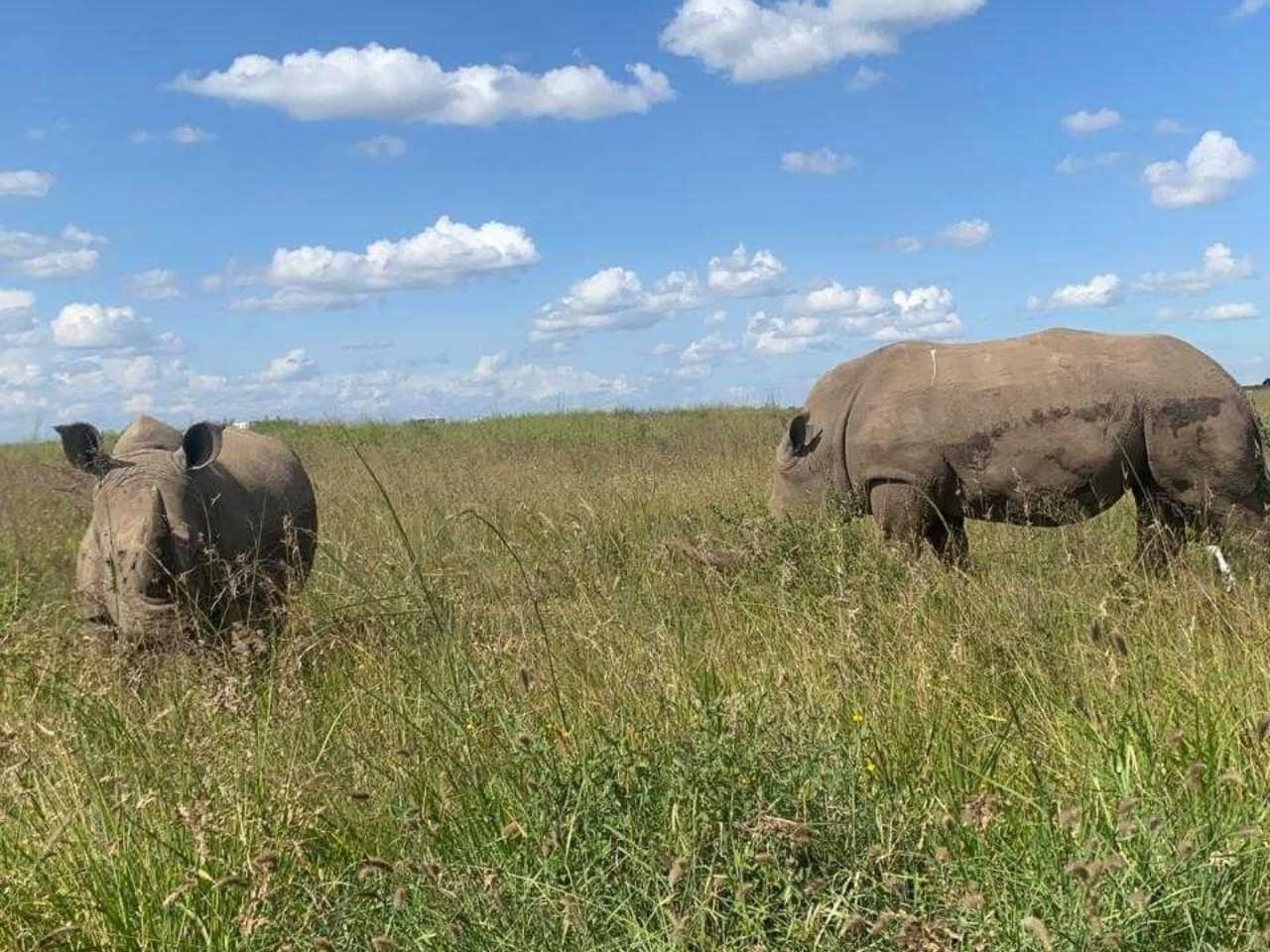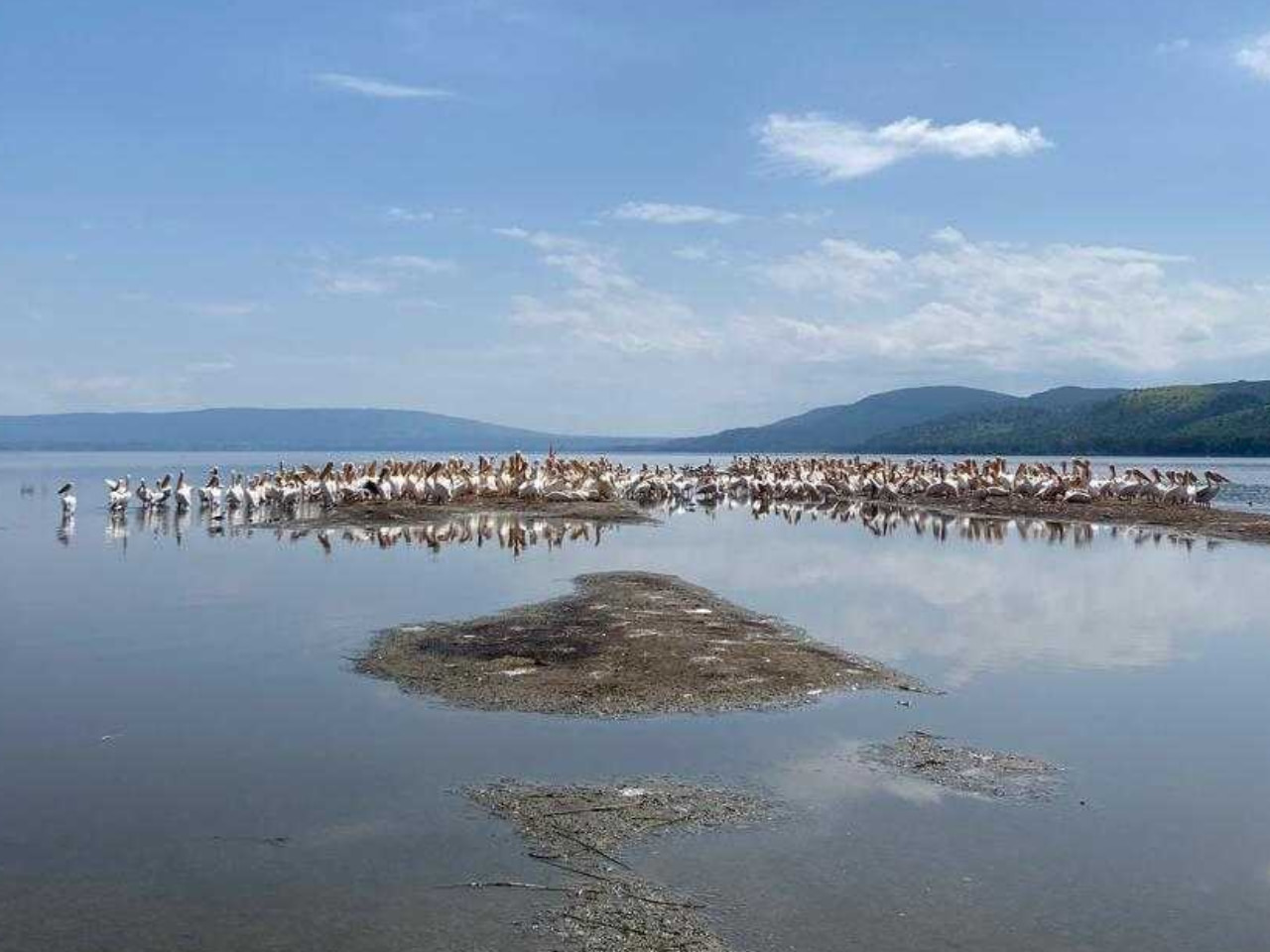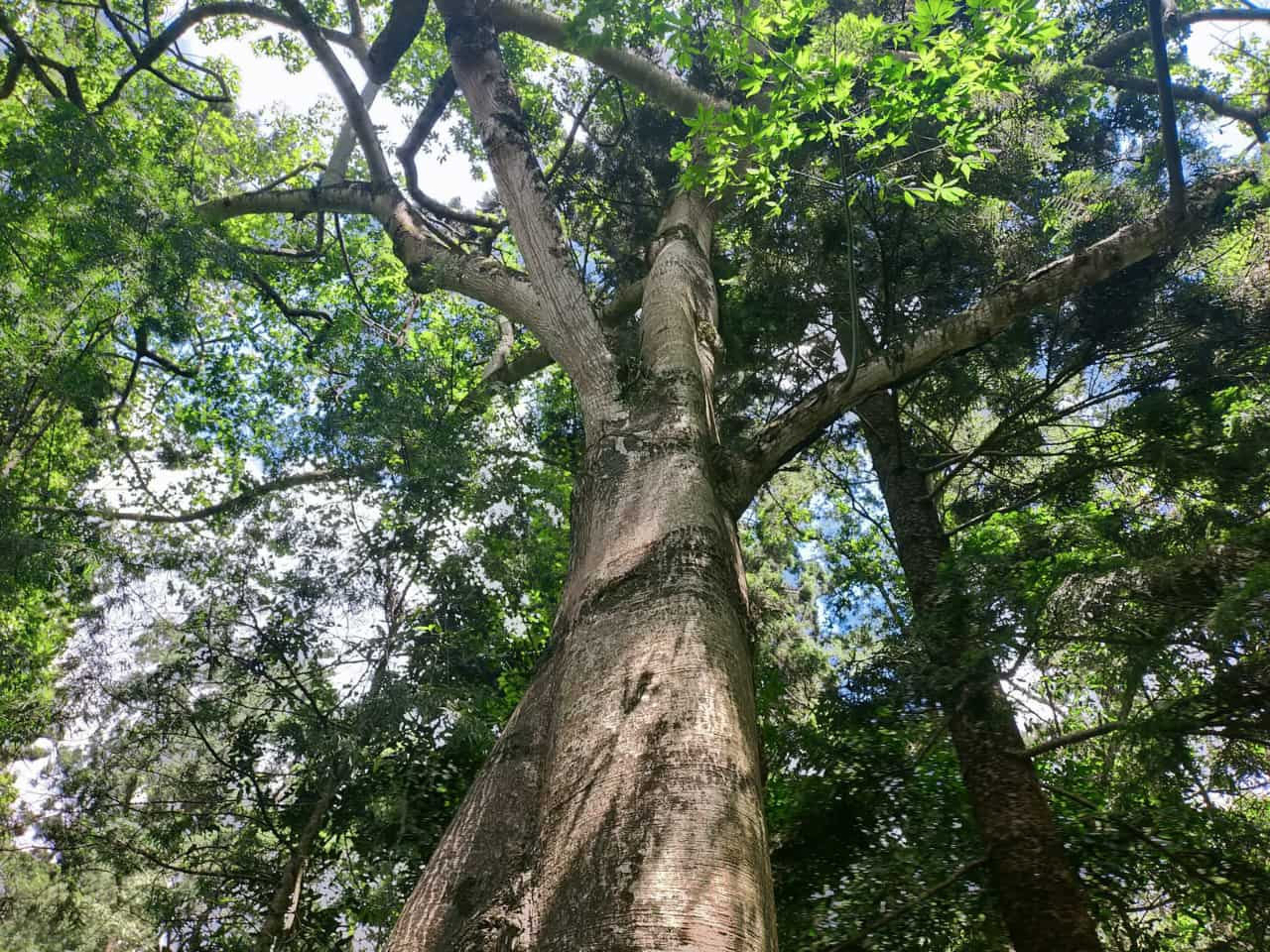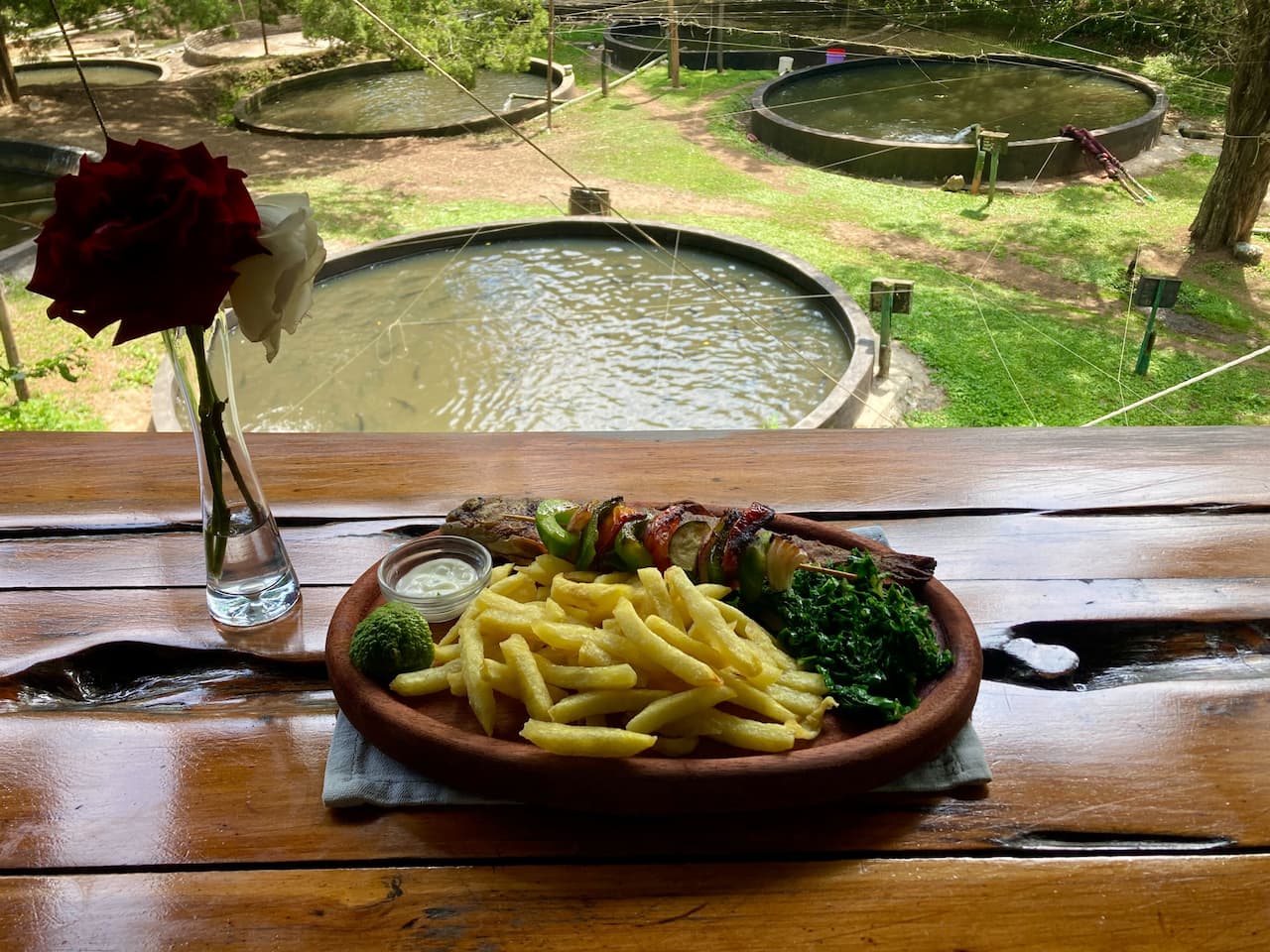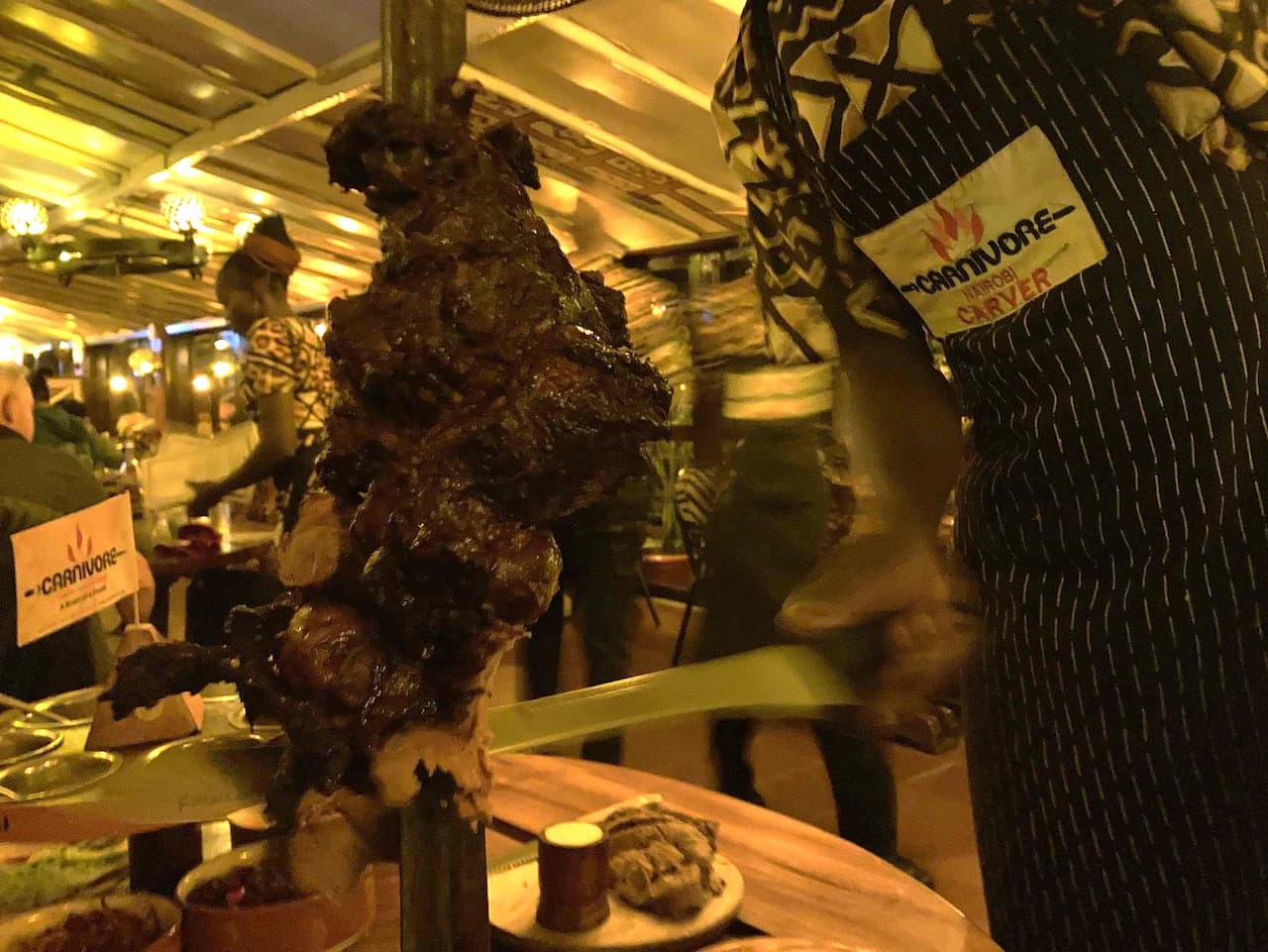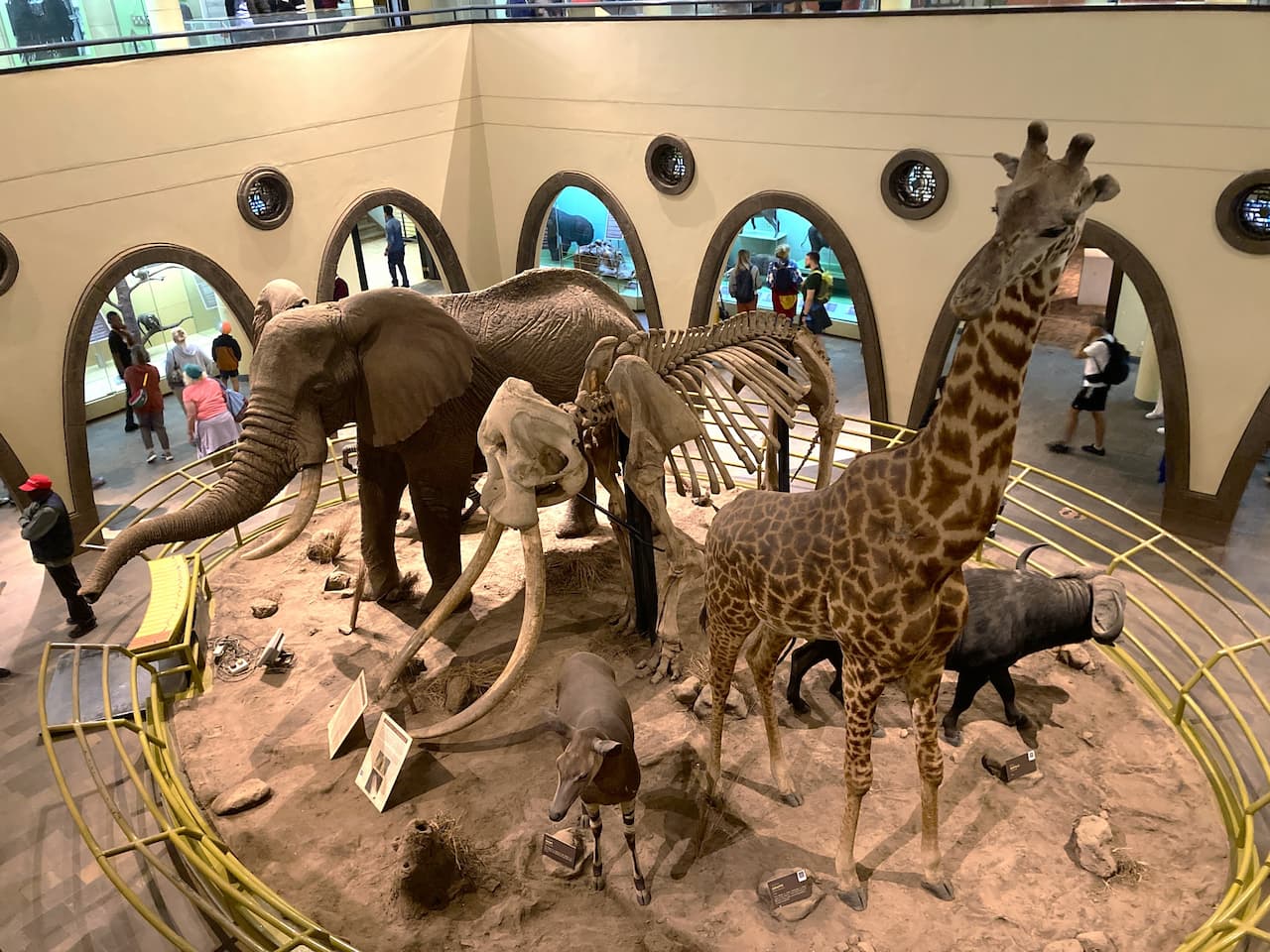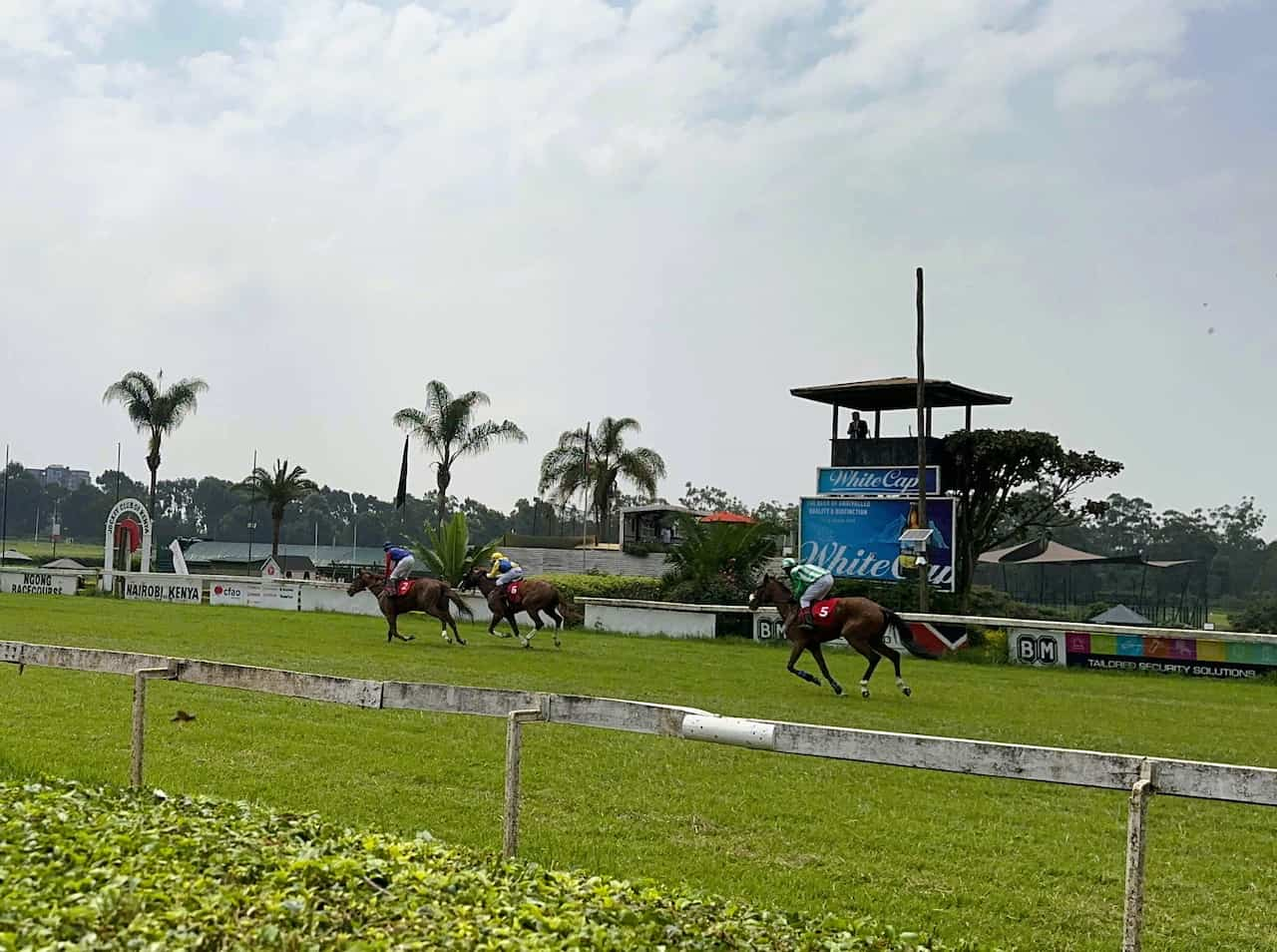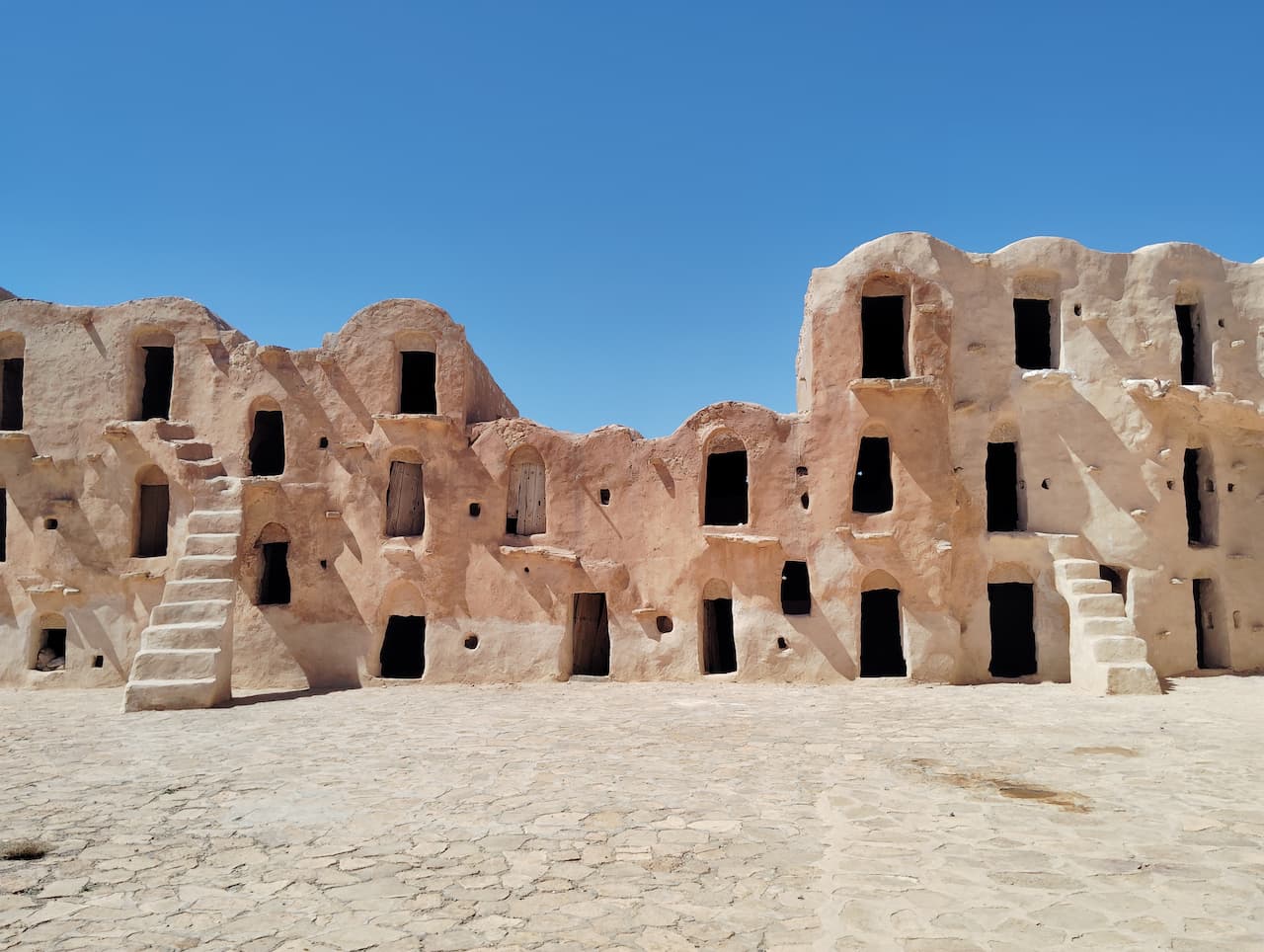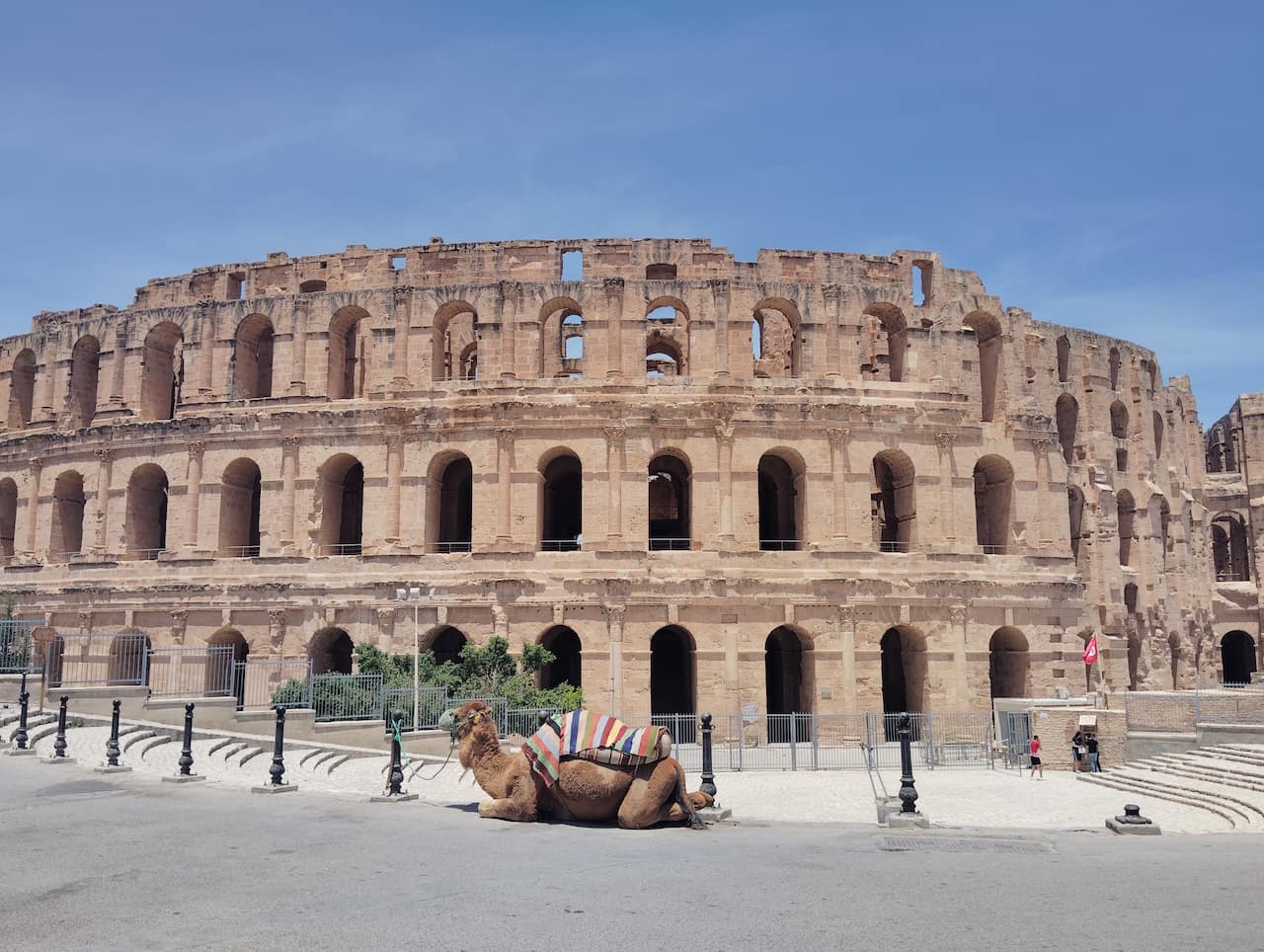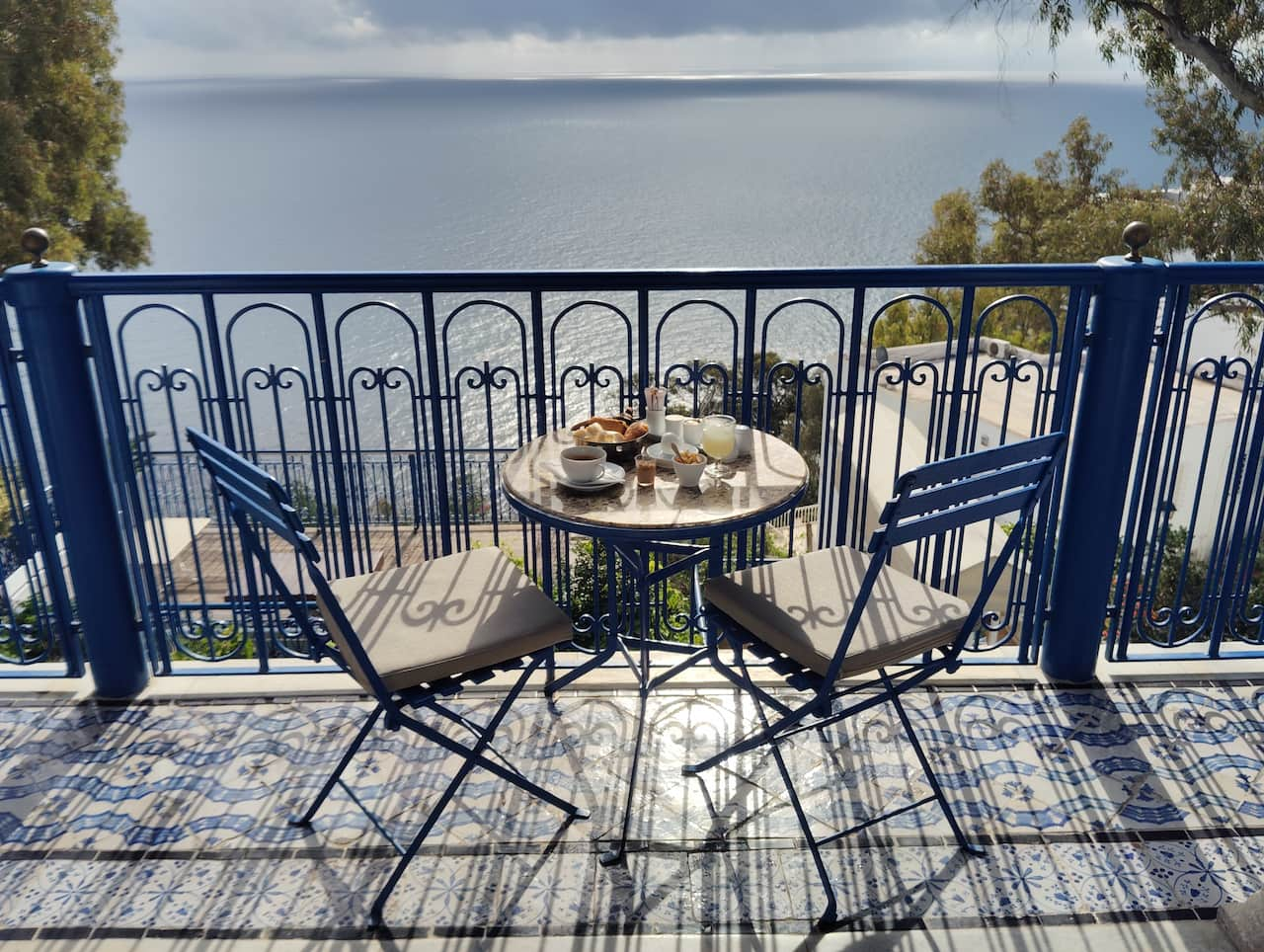A huge water surface stretches in the center of the African continent. With an area of about 68,800 square kilometers, Lake Victoria is the third largest freshwater lake on Earth and the largest in Africa, and it has a presence that looks like an "inland sea" that suddenly appeared on the continent. Spanning the three countries of Uganda, Kenya and Tanzania, this lake has supported people's livelihoods since ancient times, and it is a special place where you can still feel the pulse of Africa.
Huge freshwater seas — its magnificent landscapes
The biggest attraction of Lake Victoria is its overwhelming scale. If you stand on the shore of the lake, the surface of the water that extends to the horizon will spread out like the sea. Especially at dusk, the orange surface of the lake and the silhouettes of countless fishing boats weave together to gently stir the hearts of visitors.
The 3,000 or so islands surrounding the lake are also one of the highlights. From the Sese Islands on the Uganda side to Ukelewe Island on the Tanzanian side, each has its own unique culture and lifestyle. Especially on smaller islands such as Ngombe Island, you can get a glimpse of life in a rustic African village where the wave of tourism development has not yet arrived.
One of the world's most biodiverse ecosystems
Lake Victoria is also a treasure trove of biodiversity. In particular, the diversity of colorful fish called "cichlids" is world-famous, and at one time there were more than 500 species. Although it has decreased in recent years due to the influence of non-native species, many endemic species still color the lake.
The wetlands along the shores of the lake are a paradise for wild birds. The black-crested ibis perched on the water's edge, kingfishers flying over the surface of the water, and the occasional African vulture make it a birdwatcher's dream. In particular, "Musamba Bay" (Uganda) and "Nabilonggo Wetland" (Kenya) are hotspots where you can observe a variety of waterfowl at once.
Where stories of history and adventure intersect
Lake Victoria was named after the then Queen of England by the British explorer John Hanning Speke, who "discovered" the lake in 1858. In reality, however, the lake was known as "Lake Narvale" by the locals since ancient times and was a site of active trade and fishing.
The historic port town surrounding the lake is one of the highlights. Kisumu in Kenya, Mwanza in Tanzania, and Entebbe in Uganda have a unique mix of colonial architecture and modern vibrancy. Entebbe, in particular, is the ancient capital of Uganda and is a historic town where the colonial-era Governor's Palace remains.
Journey on the Lake—Cruises and Island-hopping Fun
If you're visiting Lake Victoria, be sure to take a boat or ferry ride on the lake. Whether it's a ferry trip from Entebbe to the Sese Islands or a day trip from Kisumu to the island of Lucenga, where the Luo traditions remain, a trip to the islands while enjoying the scenery from the lake is exceptional.
Sunset cruises on the lake are also popular. Especially near Jinja on the Uganda side, you can also enjoy a cruise to the source of the Nile, which is an impressive experience of standing at the beginning of the longest river in the world.
A variety of lakeside lodging experiences
There are many different styles of accommodation around Lake Victoria. Colonial-inspired hotels such as Hotel Tibua Palace in Mwanza, Tanzania, and Speke Resort in Entebbe, Uganda, will make you feel like you're following in the footsteps of explorers of the past.
If you're looking for a more nature-like experience, try an island eco-lodge like Buyaba Bandudas Island Resort in the Sese Islands. A night of falling asleep by the lake to the sound of the gentle waves will make you forget your busy life.
Interact with locals and experience culture
The area around Lake Victoria is home to various ethnic groups such as the Luo, Sukma, and Baganda tribes. Many of them are "water people" who have lived with the lake for generations. Getting to know their unique culture and traditions is also a big attraction to visit the area.
We especially recommend visiting a local fishing village. The lively appearance of fishermen returning from early morning fishing and the sight of women drying fish in the traditional way are a rare opportunity to get a glimpse of the lives of people living with the lake.
Practical information—how to visit and when to go
Access to Lake Victoria is possible from major cities in each of the three countries. Entebbe, Uganda, is about 1 hour from Kampala, Kisumu, Kenya is about 1 hour by plane from Nairobi, and Mwanza, Tanzania, is about 2 hours by plane from Dar es Salaam.
The best time to visit is during the dry season (June to September, December to February). At this time of year, there is little rain, and you can enjoy activities on the lake with peace of mind. In addition, the road conditions around the lake are good, so it is relatively easy to travel by land.
Conclusion: The Changing Future of the Lake
Lake Victoria is currently facing a variety of challenges, including environmental issues and the impact of invasive species. However, conservation efforts by the three countries are also progressing, and we are also focusing on the development of sustainable tourism.
By visiting at this time of year, when large-scale tourism development has not yet progressed, it is irreplaceable to experience the original appearance of the lake and the lives of the people who have taken root in it. Why don't you visit the "blue heart" of Africa and feel the deep charm of this continent?
